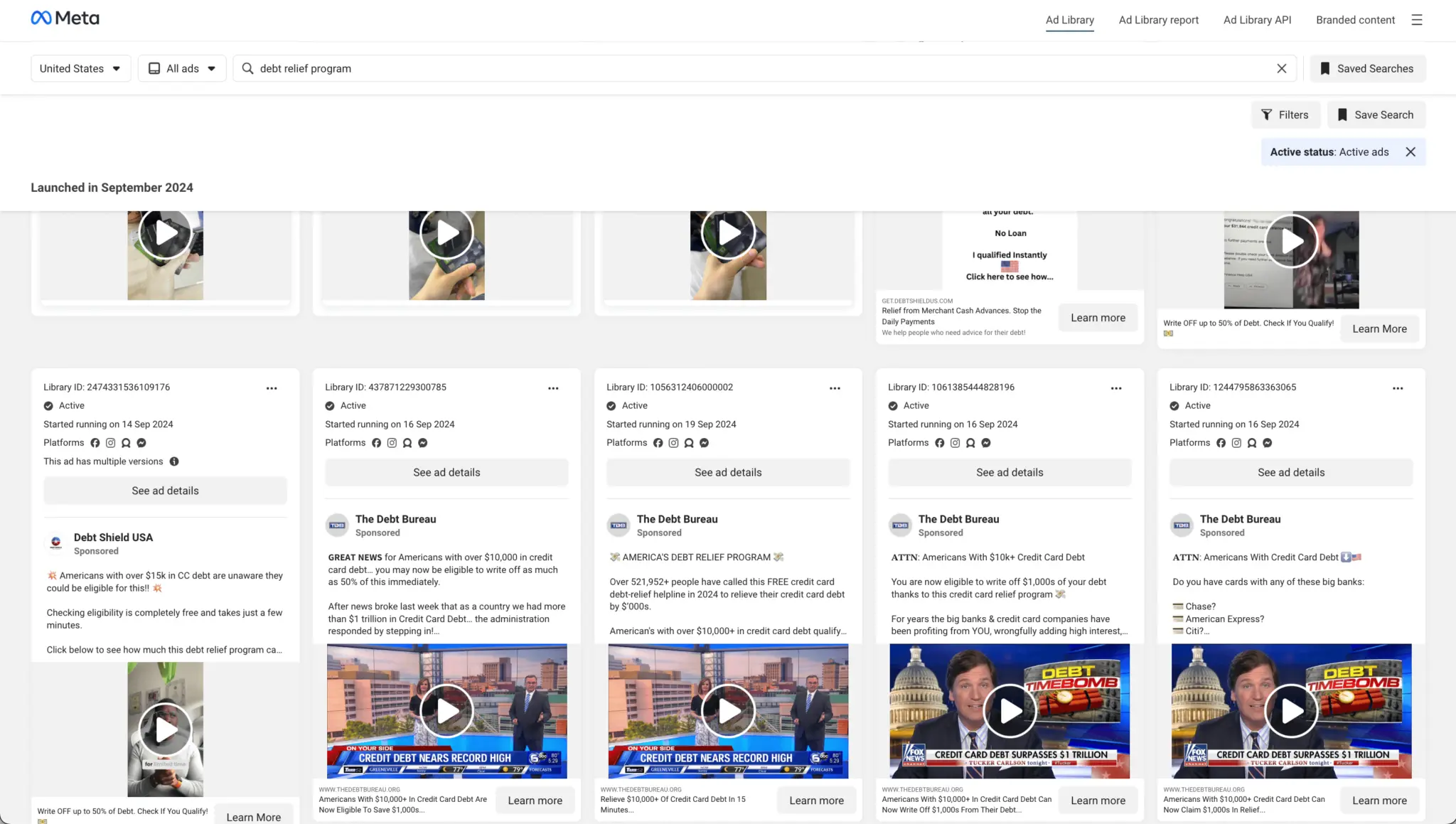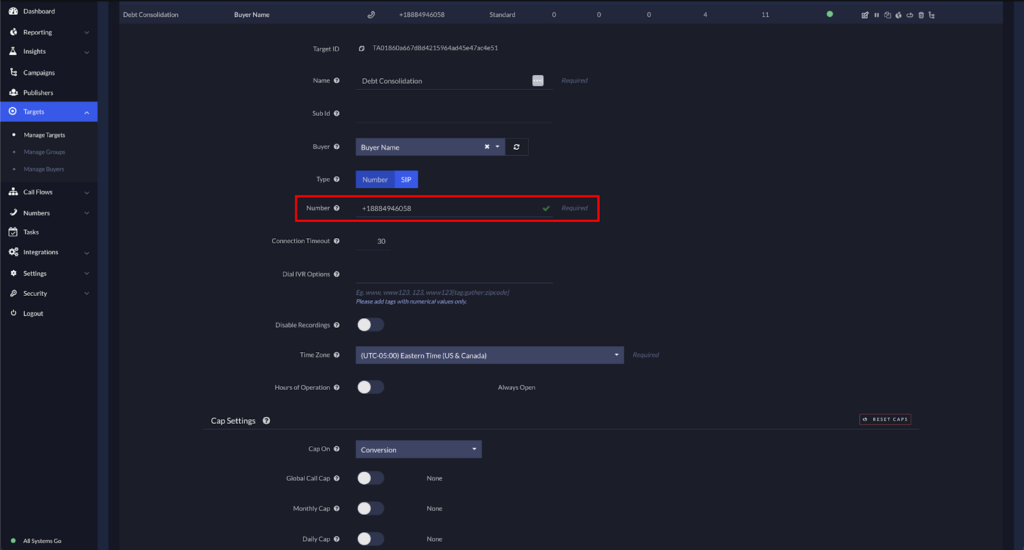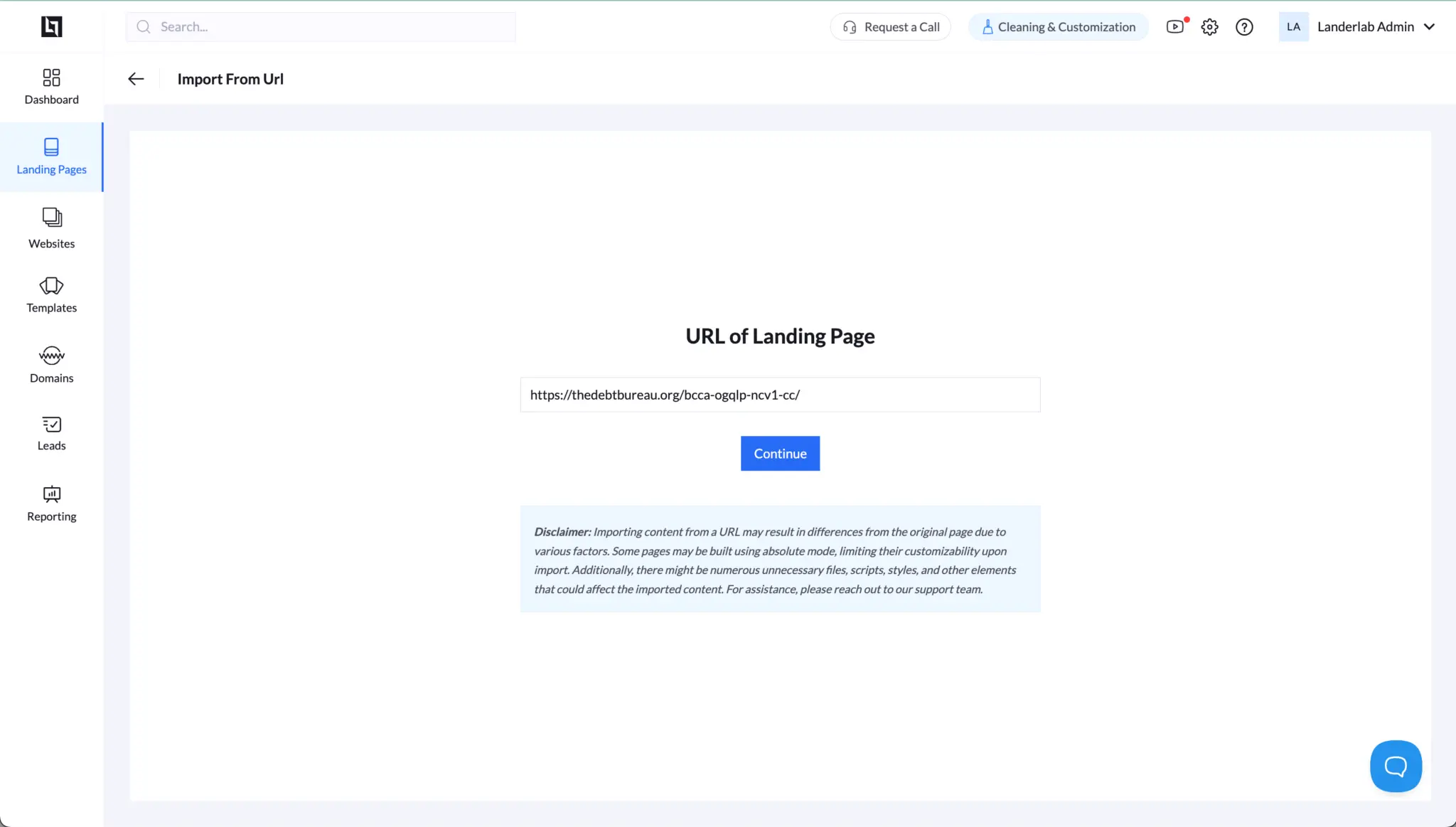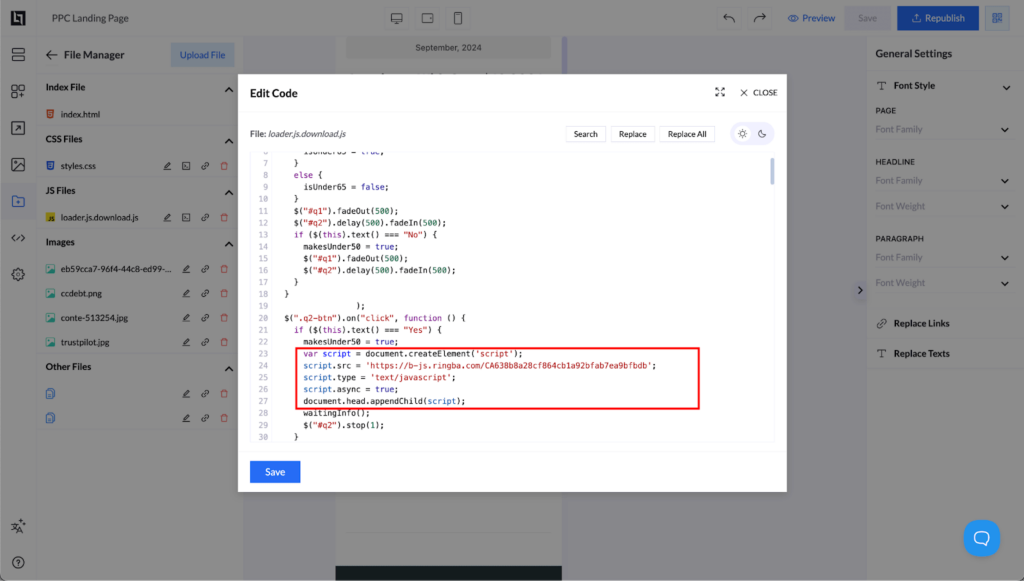Introduction
Pay-Per-Call advertising is one of the most effective ways to generate high quality leads. Once in a while, it becomes popular in affiliate marketing and this year it’s time for Pay-Per-Calls to reach new heights. The whole concept is to generate inbound phone calls from traditional display advertising, emails, SMS, and other formats. And in a nutshell, you get paid for phone calls you generate, instead of getting paid for generating leads through forms on a website.
The base schema is simple. You get a phone number from your partners, input it into a landing page, and start promoting it into different marketing channels. In order to track generated calls there are multiple tools to monitor call recordings, such as Ringba, Retreaver, TrackDrive, LeadsPedia, and many more. These tools give publishers full transparency on the calls they generate and how they are being answered by call center agents. Again, having someone on a live inbound call gives you a much better chance of converting compared to generating leads through forms, which are usually called back after a few hours or days.
This article is going to cover the full story from creating the setup, up to getting live and running ads on Facebook. The main goal is to generate calls, track Facebook events and push all the collected information to Facebook using Conversion API. In order to do it, we are going to use three tools:
- LanderLab: A landing page tool to create landing pages where the phone number will be placed.
- Ringba: A popular call-tracking software to register and monitor live calls (recordings).
- ClickFlare: A must-have tool to track paid traffic, which in this case is coming from Facebook.
Why Facebook Is a Powerful Platform for Pay-Per-Call Campaigns
The first step when starting to run a campaign is to choose your traffic source wisely. Usually, advertisers involved in Pay-Per-Calls are going to require traffic coming from Socials, Search, or Native traffic sources. Even considering the latest ups and downs, Facebook remains the best source, along with Google Ads. With Facebook, you can create super-targeted campaigns based on demographics, interests, and behaviors. Also, it’s worth mentioning that Facebook ads receive a lot of engagement from likes and comments, giving your campaign social proof.
Every media buyer has their own secret formula to conduct market research, either using paid research tools or simply by going to the Facebook Ad Library. For the purpose of this article, we are going to dive into English Debt Inbounds, an evergreen vertical in affiliate marketing. Here’s a quick sneak peek at ads currently running that use ‘debt relief program’ as a search term.

If a specific fan page is running ads consistently for weeks or months, that is a good indicator of a well-performing campaign. So you can dive in and get inspiration for the ad creative, headline, and description. Obviously, it is advisable not to copy another affiliate’s ads fully because Facebook is sensitive and might penalize or restrict the ad account.

Another good source for refining campaign targeting is the affiliate network itself. Depending on demand in specific states, the end buyer will be looking for callers interested in debt consolidation/settlement programs, who have more than $10,000 in unsecured credit card debt. This language should be the main topic of ad copy.
Getting Started with the Right Tools
To bring everything together, it is necessary to choose a set of tools that allows you to build your assets (a website) and tracking (visits and calls).
To display your phone number, you will need to create and host a landing page. And what better choice than LanderLab.io, a landing page builder designed for affiliates? One of the coolest features “Import from URL” of LanderLab is its ability to scrape and import a target landing page URL. Once the page is imported, you can change its content through the visual code editor.
 There are many tools dedicated to call tracking such as Ringba, TrackDrive, Retreaver, LeadsPedia, and others. All of them allow the user to create advanced routes for every call that enters the system. Given its user-friendly interface, Ringba is a good choice for everyone starting their journey in Pay-Per-Calls. It’s easy to get an active and approved account, and the company has a large and experienced customer support team to guide you through the initial setup.
There are many tools dedicated to call tracking such as Ringba, TrackDrive, Retreaver, LeadsPedia, and others. All of them allow the user to create advanced routes for every call that enters the system. Given its user-friendly interface, Ringba is a good choice for everyone starting their journey in Pay-Per-Calls. It’s easy to get an active and approved account, and the company has a large and experienced customer support team to guide you through the initial setup.

To tie everything together, using tracking software is recommended. Considering how well ClickFlare is integrated with LanderLab, it will be the perfect choice for this purpose. A tracker does not just provide information on acquired paid traffic; it can also push a sale event generated from the inbound call back to Facebook. This is possible through Conversion API, a widely used feature in ClickFlare.
![]()
Setting Up Your Ringba Account
As with every campaign that you create, everything needs to start from the reverse. So, the first step is creating the call routing in Ringba. Once you have been approved by your offer network, they will provide a phone number for the buyer. A single buyer can offer many targets or phone numbers, each with different specifications. Ringba allows you to specify key elements for:
- Number
- Hours of operations
- Daily conversions cap
- Max concurrency calls
- Accepted states

All this information is provided by the buyer, which in most cases is the offer network. It is necessary to have all the settings in place, otherwise, calls will fail to connect or agents will reject them.
Since we are going to use custom tracks using LanderLab and Ringba, we will create a number pool. The number pool is a set of numbers that will rotate for every visitor on the landing page. The size of the number pool will dictate how many concurrent visitors can be tracked in the system. If more visitors land in the system, they will still be registered in Ringba, but outside track.

The last step for Ringba is to create the campaign with the elements above. Each campaign should have a dedicated phone number. This will serve as an entry point but will not be shown to callers on the landing page. It will be replaced by numbers inside the number pool, and it needs to be included on the landing page.

Each buyer will pay $xx revenue on an average 120-second buffer and this needs to be implemented in the routing plan. Calls are routed based on priority, with a value of 1 being the highest, and weights applied if the priority is the same for multiple buyers.
Let’s also create a URL parameter for ClickFlare; it will be explained in the upcoming steps why and how it will be used.

You can head to Ringba’s knowledge base for more information on how tracking with Ringba works.
Building a High-Converting Landing Page with LanderLab
Next up is creating a landing page using LanderLab, where users will be directed after clicking your Facebook ad. Getting back to reusing assets collected from the Facebook Ad Library, we can get the landing page URL and import it into LanderLab.

The Import by URL feature is going to load all the images, scripts, and styles into LanderLab. So, before going live, each page needs to be cleaned of external scripts that might harm your traffic. A typical Pay-Per-Call landing page includes a quiz form to engage visitors and the language instructing them to make a call at the end.

The landing page should also be personalized by changing fonts and colors. It is also very important that the quiz form be displayed above the fold. This gives a much higher chance of engagement from the visitor and encourages them to make the call. The call to action at the end of the quiz should contain the phone number allocated to Ringba’s campaign.
The most effective way to implement call tracking is by using Dynamic Number Pools. Dynamic number pools work by placing the Ringba JavaScript tag on your landing pages to swap and display unique phone numbers to every user.
When a potential caller visits your page, Ringba selects an available phone number from the pool and locks it to that user’s browser session for a set amount of time.
When the visitor picks up the phone and calls the number, Ringba attributes that call to the user’s session information, providing you with detailed tracking information about the user’s source so you can further optimize your campaigns.
To install the Ringba JS Snippet on your website, simply copy the code snippet from your Ringba account and paste it into the header of your HTML wherever you want to track it. The following screenshot is a workaround for injecting the script on a button click event. This method optimizes your landing page by showing the script only to relevant users who will engage with your page.

After applying all the changes, it’s time to save the lander and publish it on a domain and path.
Note: The landing page should be mobile-optimized since all the calls will originate from mobile devices.
Integrating ClickFlare for Traffic and Conversion Tracking
With ClickFlare, you can track traffic and optimize for generated calls. It acts as a bridge between your ad, landing page, and call-tracking setup. According to ClickFlare, the page created and published from LanderLab will be added as an “offer” in our tracker. So let’s create a new offer and append “clickid={cf_click_id}” to the end of the URL. Ringba will read and store URL parameters for “clickid” as specified in the campaign settings (from the previous step).

Before going to the next step, let’s create a quick campaign using this offer link and Facebook as a traffic source template. This simple campaign is going to use a redirect tracking method and have only one offer in its path.

It is super important to pass back events to Facebook to feed the pixel and help in optimizing the ads. ClickFlare’s Conversion API will help in defining a set of events (custom conversions) for inbound calls such as:
- Call Initiated. This event fires as soon as a call is initiated in Ringba.
- Converted Call. A call that exceeds the buffer limit and pays out.
- Quality Call. A converted call that lasts more than 50 minutes. This is considered a sale where the buyer actually enrolls the caller into a contract.

Now, let’s go back to Ringba and set up these custom conversions as “Tracking pixels”. The base postback URL can be customized by adding more data such as ZipCode, Phone Number, and Landing Page URL. Check the following screenshot for the correct format:
![]()
At this stage, ClickFlare is going to register every event occurring during the call. Through the Conversion API integration, we can push these events to the matching Facebook pixel.
Head over to Settings and Integrations and define a new Conversion API integration for Facebook. Make sure to map custom conversions with their respective events on Facebook. Let’s add the extra parameters for ZipCode, Phone, and Lander URL to the configuration.


Each campaign needs to have the integration included to push events to Facebook. Once added, we need to get the campaign tracking URL and we are ready to start promoting on Facebook. Final campaign URL:
https://globalvisitclub.com/cf/r/66f066cee5b1240012e829e5?fbclid={{fbclid}}&ad_id={{ad.id}}&adset_id={{adset.id}}&campaign_id={{campaign.id}}&ad_name={{ad.name}}&adset_name={{adset.name}}&campaign_name={{campaign.name}}&source={{site_source_name}}&placement={{placement}}
Build a High-Converting Pay-Per-Call Landing Page in Minutes
Create, import, and optimize Pay-Per-Call landing pages with LanderLab. Easily track calls with ClickFlare and go live without touching code.
Creating a Facebook Ad Campaign for Pay-Per-Call
Now, it’s time to plan your Facebook ad campaign. This is where creativity meets strategy. The creatives need to focus on making the visitor tap the button to call. It should state the actions to take on the landing page, answer common questions, and explain what to expect during the call. Also, it is important to reassure the caller that there will be a live agent on the other end of the line, willing to help, not an automated chatbot.

For our Debt Consolidation campaign, we are going to focus on the “Complete Registration” event, which is mapped as “Quality Calls” in ClickFlare. In the long run, Facebook needs to be able to attract more clients who will enroll in the program, not just clients who convert but do not enroll.

When searching for the perfect audience for “Debt Consolidation”, you can target people who have expressed interest in financial services, credit, loans, or lines of credit. Once the pixel starts collecting some data, it will be much easier to get these broad audiences to perform. Compared to lead generation, inbound calls need to have perfect targeting for dayparting. If the call gets generated outside working hours of the call center, it will simply fail to connect and fail to convert.
After setting up campaign targeting, it’s finally time to publish the ads and let the campaign run.
Monitoring and Optimizing Your Campaign Performance
Every visitor who sees the phone call button will be registered in Ringba, regardless of whether they tap the button. Ringba registers every impression occurring in the call through the script placed on the page. If a visitor turns into a caller, the call is going to be shown in the dashboard along with a full set of details: caller number, call date, phone number dialed, call duration, etc.
You can also enable call recordings to check call quality in real time. Listening to an actual conversation is a good way to get feedback on your ads.

Initially, the agent is going to ask a set of questions to try and pre-qualify the caller. Remember, the agent is well aware of why the caller is calling, and they don’t need to waste time. So get the feedback and try to tweak the ads and landing page. The more direct you are, the greater the chance you will have of getting the caller enrolled.
For demonstration purposes, we are going to run a campaign on a low budget and let it generate a few calls. Debt Consolidation is a highly competitive vertical, so let’s have the call converted on a 5-second buffer and consider a quality call if the call length exceeds 10 seconds. Ringba will trigger ClickFlare’s postbacks and push the data into the tracker.

If everything is set properly, ClickFlare will register the custom conversions and push them into your traffic source.
Congratulations! You launched your first Pay-Per-Call campaign on Facebook.
Adjust the budget and start testing. The more calls enter your system, the more you’ll feel confident in understanding how the whole ecosystem works.





